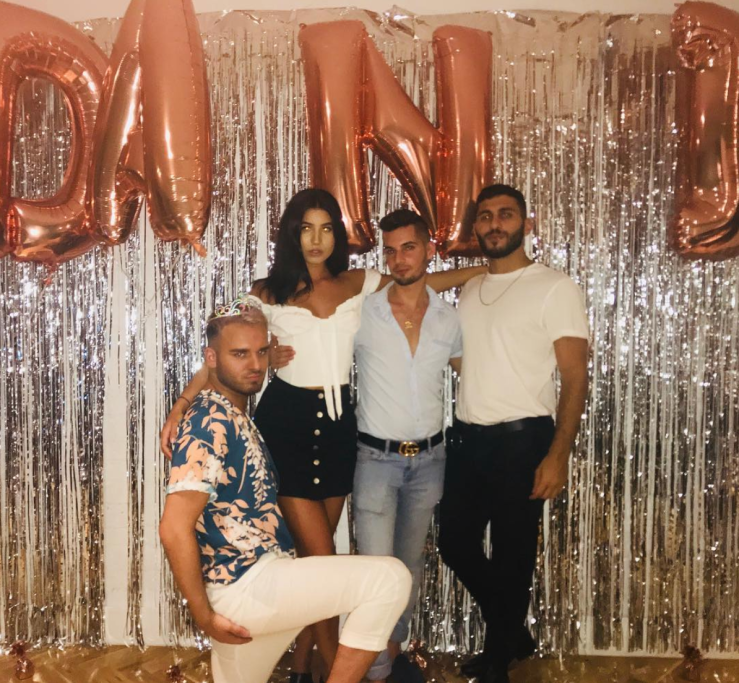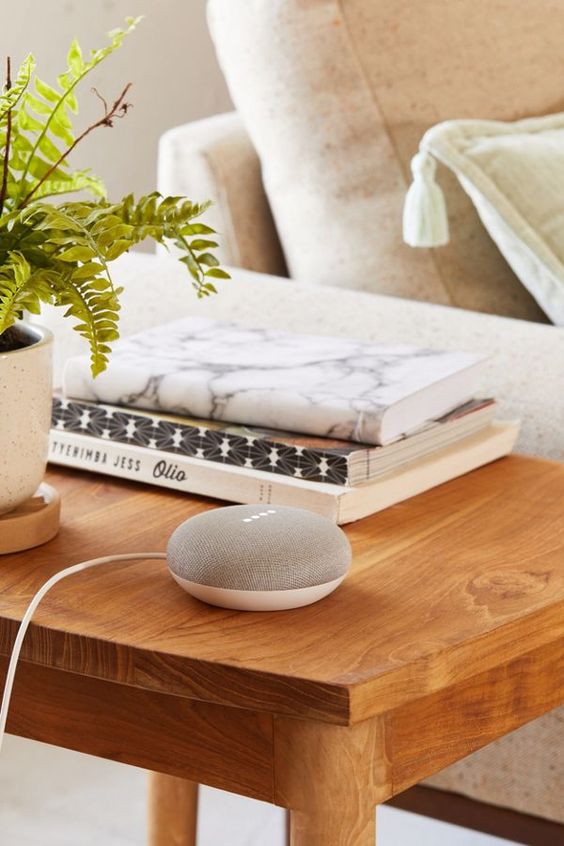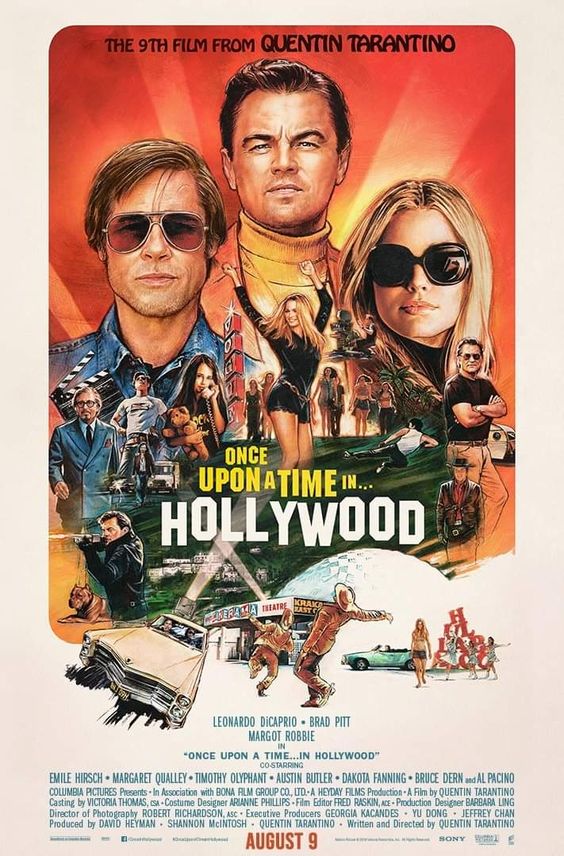Gender violence holds a major role in the country of Australia, 85% of Australian women have been sexually harassed (AHRC, 2018), one in five women have experienced sexual violence since the age of 15 (ABS, 2017) and on average one woman a week is murdered by her current or former partner (AIC, 2017). This is a rampant issue and stark contrast to places like Norway, Switzerland and Finland which hold the top three ranks in the 2019 Women, Peace and Security Index which “ranks 167 countries on women’s equality, reveals trends in women’s wellbeing across 11 indicators”. Technology adds a layer of complexity to this issue when it is weaponised.
Deepfakes emerged in 2017, AI software which manipulated footage to superimpose anyone’s face over another face this led to videos of Emma Watson and Gal Gadot and eventually the creation of DeepNude an app which superimposed any face you supplied it with onto female nude bodies (exclusively). This had severe ramifications for the people targeted and paved the way for a brand new capability of grave humiliation through technology. In April of 2020, Playboy released an article with the headline “A Sex Doll Stole My Identity” recounting Yael Cohen, a popular female Instagrammer from Isreal who received a direct message from one of her followers with a link to a sex-doll who had her face. The doll was even named “Yael” and the creator exclaims proudly that the doll is modelled after the real Yael. The company which manufactures the doll is based in China so unfortunately enforcing US judgements across cultural and legal borders isn’t possible and means Yael just has to live with this.
The desire for sexual connection and sexual satisfaction through artificial measures is not a new concept. Sex dolls have kind of been in existance since 8AD, in Metamorphoses Ovid tells the story of Pygmalion, a king whom carved a beautiful women of ivory and fell in love with her. He bathed her, fed her and slept with her and after wishing for a woman as beautiful as his ivory lady Aphrodite, the greek goddess of love, took pity on Pygmalion, granted his wish and brought the ivory woman to life. Sex dolls have had a major transformation over the last hundred years and more interestingly, over the last 10 years when they were mechanised and transformed yet again, from sex dolls to sex robots. In 2010 the first robotic girlfriend named Roxxxy was created by a man named Douglas Hines, founder of True Companion, Roxxxy was unveiled at the AVN Adult Entertainment Expo in Las Vegas.
Sex-dolls and sex robots alike present a very unique set of concerns, although many of the creators of the dolls and owners of the sex-dolls brothels express the benefits of the use of the dolls for their autistic or disabled clients challenged with finding a suitable sexual partner. The anthropomorphising of the dolls and robots gives way to a question of sexual ethics. A Vancouver sex-doll website BellaDolls states, “Achieve your needs without the many restrictions and limitations that a real partner may come with.”. A Spanish sex-doll brothel LumiDolls was inundated with in influx of requests for child-like dolls and bedroom rape scenes and Toronto based sex-doll brothel recounts having to a ban a client who showed up with fake blood. (Shain, 2019).
To contrast, in 2018 artist Maggie West created Luci 6000, the sexting robot, in collaboration with Swedish sex toy company, Lelo. As interactive art installation on display at the Museum of Sex in New York City, onlookers are able to interact with Luci via Twitter where she will reply with provocative robot puns and selfies but she also sometimes goes live on Instagram. West was inspired by the commentary on the de-sexualization of the millennial generation of which she had to say “I don’t think that millennials are inherently detached or unable to make personal connections,” West rejects the notion which positions millennials as detached narcissists “I just think that we have a different way of speaking to each other than previous generations.” (Playboy, 2018). An interesting choice by the artist was to give Luci (like her human woman counterparts) hard boundaries, “If you send Luci dick pics or start being mean,” West says, “she will block you.” (Playboy, 2018).
Sex workers including pornographic actors and actresses and “cam girls” each forge their own unique and performative angle when engaging in sex work and this is largely exaggerated and constructed for the male gaze. Sex work however has yet to be decriminalised in Australia and many other major first world countries. Without the decriminalisation of sex work this leaves sex workers open and vulnerable to exploitation as they are unable to exercise key rights to justice and healthcare and are unable to access any legal protection. The 2018 film Cam (written by Isa Mazzei a retired cam-girl and directed by Daniel Goldhaber) examines when a young cam-girl Lola (Alice) who gets her identity stolen, when an external force hijacks her account yet it seems to still be showing live web-cam shows of Lola herself in her filming room doing things she has never done before. With no help from authorities, the film follows Lola trying to retrieve her identity back as that is her only source of income and someone else is getting her money while using her identity. My interest here lies within technology being weaponised to enact gender violence and power dynamics.
We see harmful gender stereotypes operationalised through the production of AI which is heavily reinforced through the largely female-gendered voices, just ask Alexa, Siri, Cortana and Google home. UNESCO released a study in 2019 entitled “I’d blush if I could; Closing Gender Divides in Digital Skills through Communication” the first sentence is a response given by Siri, Apple’s AI voice assistant when a human user would tell ‘her’, “Hey Siri, you’re a bitch.”
The female voice assistant’s are programmed to be obedient, submissive and at times flirtatious to even the most degrading of comments. This is a concerning sentiment considering the disparity in the male dominated field of AI research and software developers which women represent 6% of the field. The UNESCO study states: “Siri’s ‘female’ obsequiousness – and the servility expressed by so many other digital assistants projected as young women – provides a powerful illustration of gender biases coded into technology products, pervasive in the technology sector and apparent in digital skills education.”
This question holds a myriad of social significance but also political and intellectual significance. Working towards gender equality to end violence against women and the disturbing power dynamics which enforce this violence is crucial to understanding each other and living harmoniously. Examining the psychosocial effects of technology when it is weaponised to inflict harm on others provides a case and a question for all areas of education, design, technology as well as policy. We are living through the digital revolution which has seen technology completely transform the way humans interact with each other. Google even has their own in house “Empathy Lab”.
References
AHRC (2018). Everyone’s business: 4th national survey on sexual harassment in Australian workplaces. Retrieved from: https://whiteribbon.org/2Ea7Q6C
Australian Bureau of Statistics. (2017). Personal Safety Survey 2016. ABS cat. no. 4906.0. Canberra: ABS. Retrieved from: http://www.abs.gov.au/ausstats/abs@.nsf/mf/4906.0
Bryant, W. & Bricknall, S. (2017). Homicide in Australia 2012-2014: National Homicide Monitoring Program report. Canberra: Australian Institute of Criminology. Retrieved from: https://aic.gov.au/publications/sr/sr002
Conant, E. (2019). “The best and worst countries to be a woman” National Geographic. Retrieved from:
Krettek, D. (2018). “Design Feeling: Emotion as a Language for Design” Semi Permanent, Retrieved from: https://www.semipermanent.com/articles/danielle-krettek-google
Shain, S. (2019). “Tourist Attraction” Playboy, Retrieved from: https://www.playboy.com/read/sex-doll-tourism
Specia, M. (2019). “Siri and Alexa Reinforce Gender Bias, U.N. Finds” New York Times, Retrieved from: https://www.nytimes.com/2019/05/22/world/siri-alexa-ai-gender-bias.html
West, M. Kraut, R. Chew HE. (2019) “I’d blush if I could: closing gender divides in digital skills through education” EQUALS, UNESCO, Retrieved from: https://unesdoc.unesco.org/ark:/48223/pf0000367416.page=1?utm_campaign=the_download.unpaid.engagement&utm_source=hs_email&utm_medium=email&utm_content=72929072&_hsenc=p2ANqtz-8mK9ReSNoh1TU4O9Ie8iT4VU1_FKCfpA8ZEqkmHGYZmWvgF-VZL3aDwvQ7eDU6Ja2Wyn0yr1KodDuC_avp0YSXDs7o7sWeM7DWfFxnms7PCQMzdNw
West, M. (2020) Museum of Sex, Maggie West, Retrieved from: http://maggiewest.co/luci-museum-of-sex
Whelan, N. (2018). “Meet Luci 6000, the Sexting Robot” Playboy, Retrieved from: https://www.playboy.com/read/luci-6000-sexting-robot


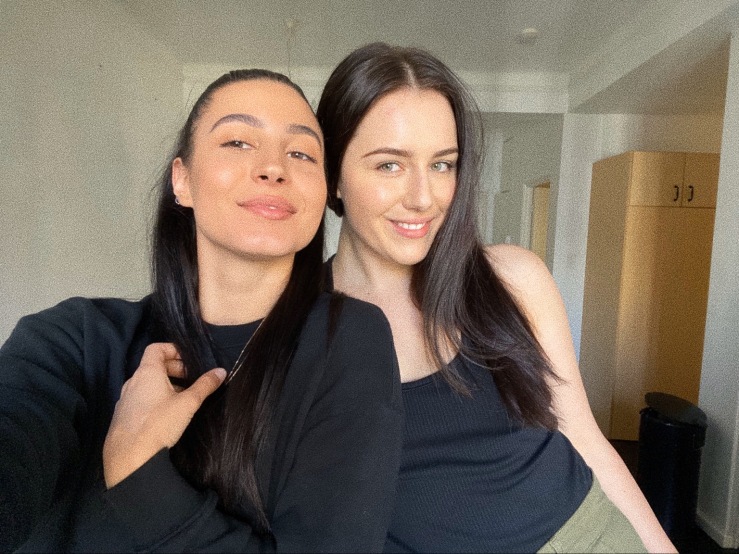
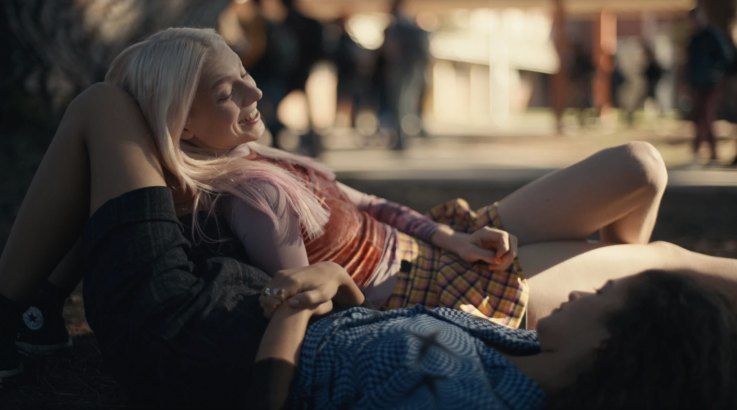 Image curtesy of HBO
Image curtesy of HBO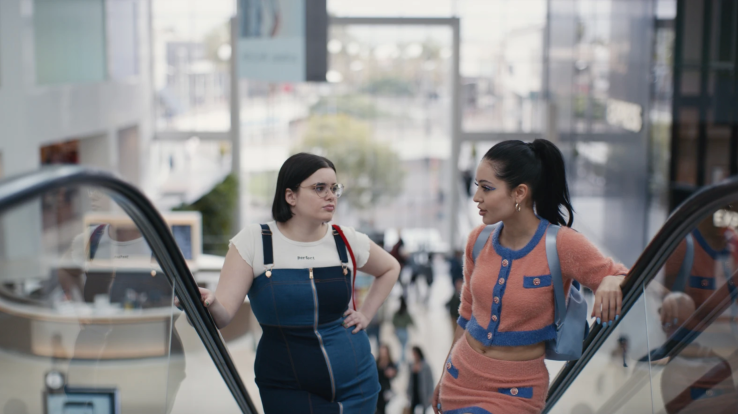 Image curtesy of HBO
Image curtesy of HBO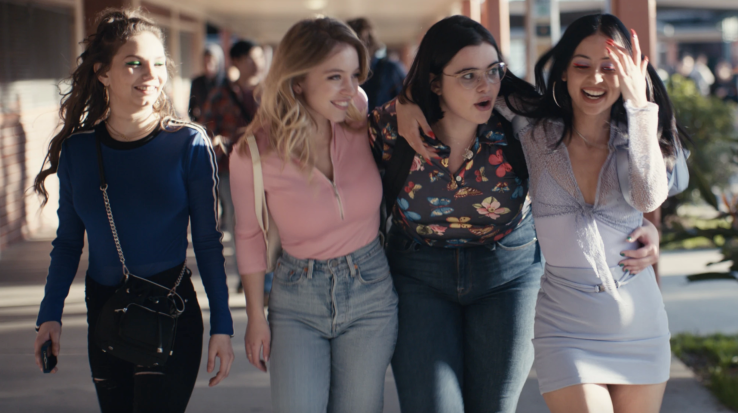 Image courtesy of Eddy Chen/HBO
Image courtesy of Eddy Chen/HBO





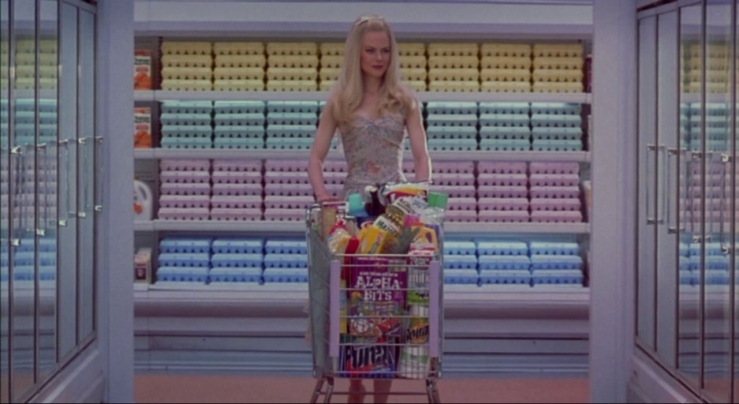 The Stepford Wives (2004) Image:
The Stepford Wives (2004) Image: 